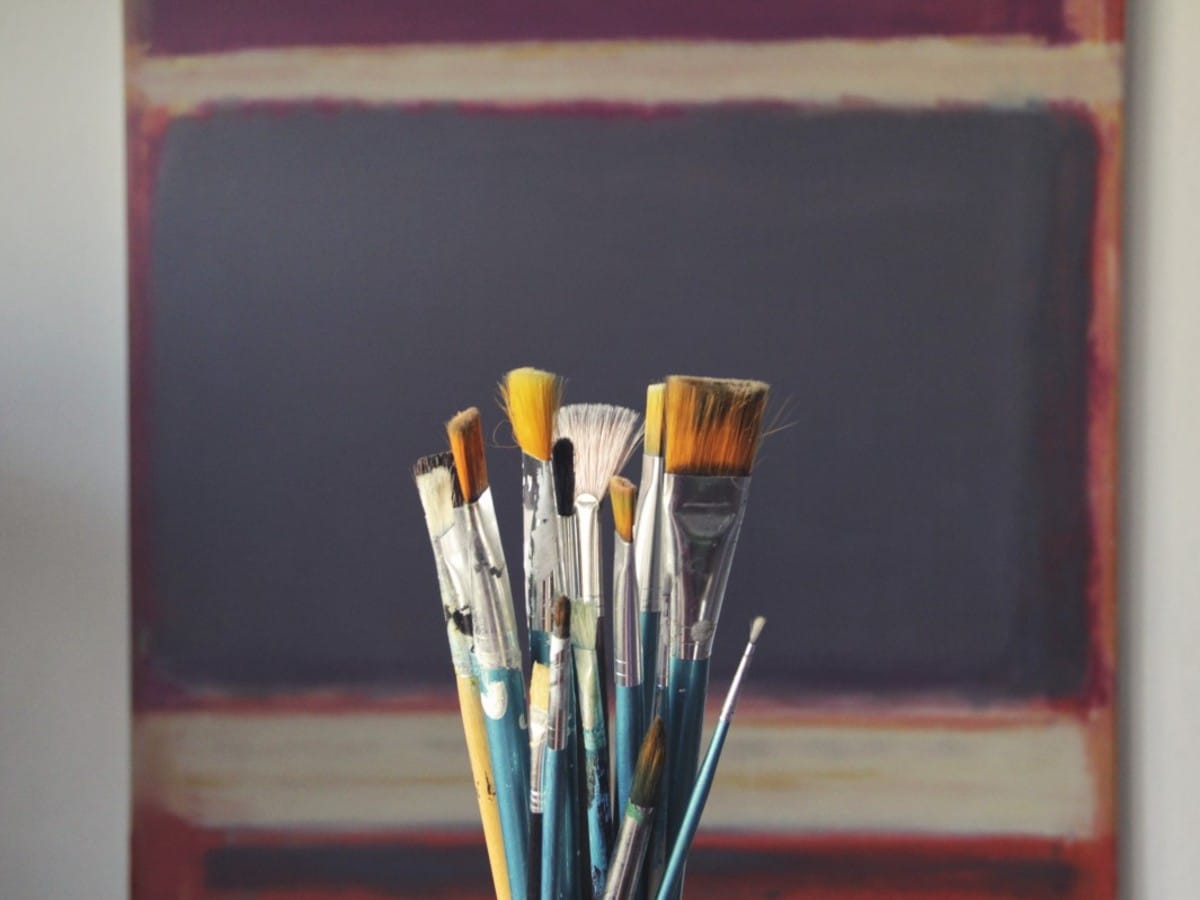
Source: © pxhere.com
Nikawa exhibit showcases timeworn handicraft that binds the ancient paintings of Japan
- Tags:
- binding agent / cow hide / deer hide / glue / Japanese painting / nihonga / nikawa / rawhide
Related Article
-
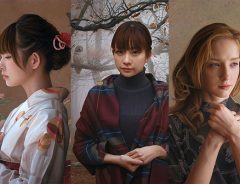
Which One of These Women Is a Photograph?
-

Japanese Legendary Great Wave Woodblock Print Now Available As Tokyo License Plates
-

Kokuyo’s New GLOO Adhesive Products Designed By nendo [Hands-On Report]
-
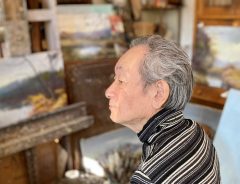
[A Visit to the Atelier] Epidemics and Talismans in Ukiyo-e
-
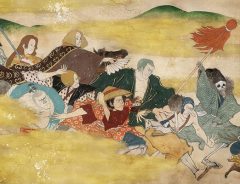
One Piece Collaboration With City of Kyoto to Feature Special Exhibition at Daikaku-ji Temple
-
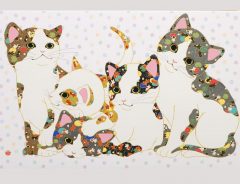
Artist Marina Furuya brings cute, colorful animals to the art of Nihonga in latest exhibition


Japan is a place that values tradition. One walk through any metropolitan center, and you'll soon realize that the people of this country go to great lengths to preserve the old among the new. For instance, next to bustling shopping districts, it’s not uncommon to find serene shrines that are hundreds of years old.
This theme is true of many things in Japan, especially the art and crafts perennially practiced throughout the nation’s history. Nowhere is this more clear than in Kyoto where the artisanship of yesteryear—kirikane, Japanese paintings and drawings, etc.—is still alive and well. Naturally, the well-preserved sense of culture draws countless visitors during non-pandemic times.
Nikawa and Nihonga
Along these lines, nikawa 膠 is a product still worth celebrating today. Made from cowhide, deer hide, occasionally fish, and various discarded parts of animals, nikawa is a semi-transparent glue commonly used in nihonga 日本画 paintings to adhere the pigments to a canvas. It can also be used to bind wood and cloth.
Making a nikawa solution is pretty straightforward:
Measure out the desired amount of dried nikawa, mix with water, and let sit overnight. The next day, the nikawa will have swelled, and the solution can be heated and stirred. Once dissolved, the solution is complete.
You can see nikawa in action in the nihonga painting video below:
As you can see, the pigments used in nihonga paintings require a bonding agent such as nikawa. An artist mixes the powdered pigments with a nikawa solution and water before painting. The final color is sharp and vivid.
Nikawa Exhibtion
From May 10th, Musashino Art University Museum and Library will hold the exhibit "A journey with nikawa—the cultural source of our expressions." The event will feature various aspects of nikawa.
鹿の生皮の乾燥工程 撮影地:兵庫県姫路市・大﨑商店 (deer rawhide drying process, Ōsaki Shōten, Himeji City, Hyogo Pref.) | © Kyodo News PR Wire
The exhibition is the result of research on nihonga paintings and the associated nikawa glue. It will focus on the crafts' historical and social background while introducing the materials and processes involved in making the products. Certain aspects will also focus on the historical regional differences behind the craft.
The free exhibit will be held at Musashino Art University Museum in exhibition rooms 4 and 5. The spaces are open from 10 AM to 6 PM, and 10 AM to 5 PM on Sundays and holidays. The exhibit runs from May 10th to June 20th. Interested parties can find more information available on Musashino's website.